Vol 1: Wichita Mountains National Wildlife Refuge
John W. Garbutt- Class of 2019
“We must remember that the public can see all the animals we have in any good zoo, but to see them in their natural environment they must come to places like the Wichita”- Aldo Leopold, 1925.
Despite my numerous trips here, it was my trip on October 1st that I first noticed this quote. My trip was to see Rocky Mountain Elk which were extirpated from the area by 1875 and reintroduced in 1908. During the breeding season, the Friends of the Wichitas operate tours into the nonpublic use area of the refuge. Though I had been unable to obtain a spot on the evening’s Bugling Elk Tour, I wanted to seek them out on my own and attempt to join the tour by getting on the stand-by list.
When people ask me about my favorite places to go, the Wichitas are the place where I am most content. Here, mixed grass prairie and the surrounding granite mountains host my favorite trails, spots, and landmarks. Established in 1901 as a Forest Reserve and soon upgraded to a Forest and Game Preserve, the land was later transferred to the Bureau of Biological Survey, a predecessor of the U.S. Fish and Wildlife Service. Three Civilian Conservation Corps companies improved the land from 1933-1941 during the Great Depression. Today over 59,000 acres comprise the refuge.
I arrived before sunrise to listen for elk and hit my favorite trail. Though I have only heard the sound a handful of times and from a distance, to me, the sound of an elk bugling is the most amazing sound in nature. I heard elk in the distance and set off in that direction. By late morning I had completed the six mile outer loop of the Dog Hollow Trail System. I saw no elk but worked up quite the appetite.
I headed to the Meers Store and Restaurant for lunch. I next visited the Holy City of the Wichitas to take in the architecture. Here, I purchased a Dr. Pepper and joined the collared lizards in the warmth of the sun. I next visited the refuge visitor center to inquire about the procedure for being put on stand-by to join the limited capacity tour later that evening. Fortunately, I was the third stand-by of five to be able to join the tour. It was my second time to do one and it was an amazing experience. We heard and a saw a lot of elk, along with bison, deer, turkey, fox, kestrels, and more.
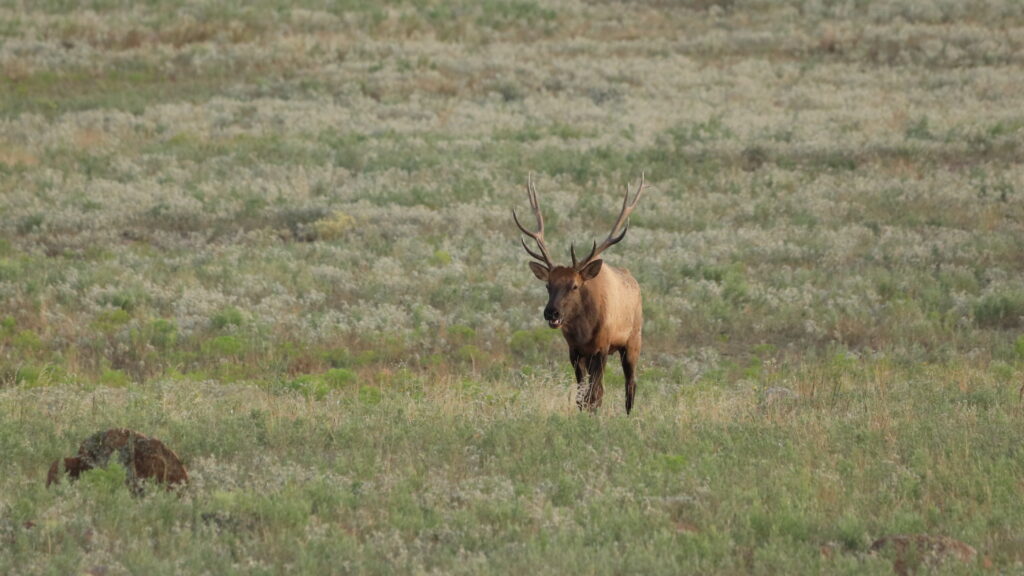
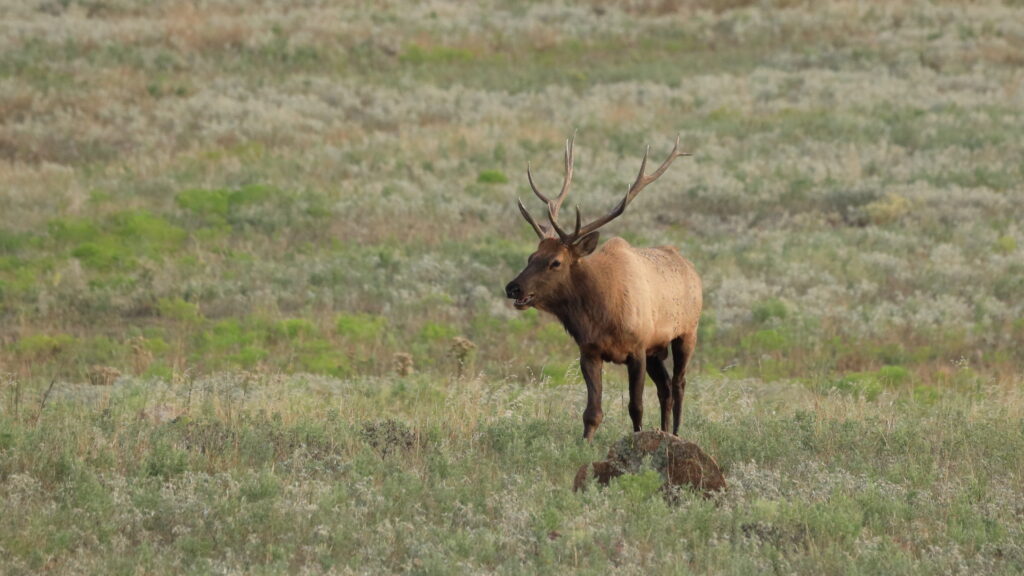
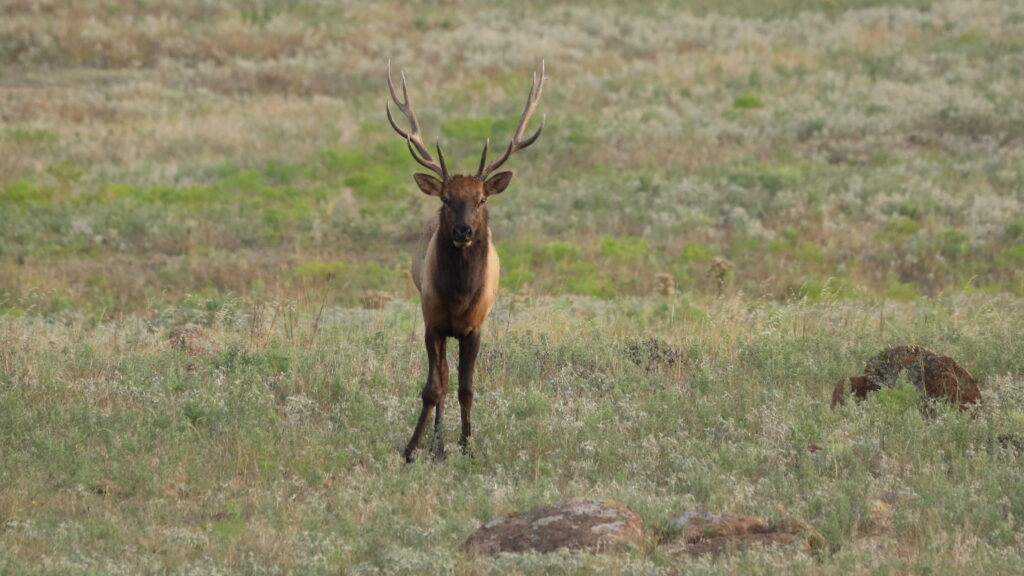
This bull elk provided us the closet viewing experience. He exited the wood line around dusk and began calling and walking towards us. One was also calling behind us. Perhaps they were communicating. He eventually realized nearly 40 people were viewing him through binoculars, scopes, and cameras, and retreated to cover.
In the predawn darkness the following morning I returned to my favorite trail to watch the sun rise. A chorus of elk, coyotes, Great Horned and Eastern Screech Owls, and Canyon Wrens greeted me. It was the nearest I have heard the elk in all of my visits. I closed my eyes and took it all in. It was a sound I did not just hear but felt.
Though the videos were recorded with a phone and not proper equipment, they created memories that will last forever. It may require turning up the volume and/or headphones.
Elk and coyote duet.
Bugling Elk.
Elk and Canyon Wren.
During the construction of lakes along West Cache Creek in the 1930s, the fish ladder was devised as a way for the fish to return to French Lake to spawn. The plan did not work but the structure remains and is one of my favorite landmarks when I set out along the creek.
An Eastern Phoebe calls from the ladder in this clip.
There is a spot along the Bison Trail where the trail ceases to parallel the creek and begins to rise up through the trees and to a ridge of prairie where a distant lone tree once stood. I always wonder if wind or beast brought the seed to that location and if one of the bison’s hooves planted it into the ground? I also wonder, what later befell the tree?
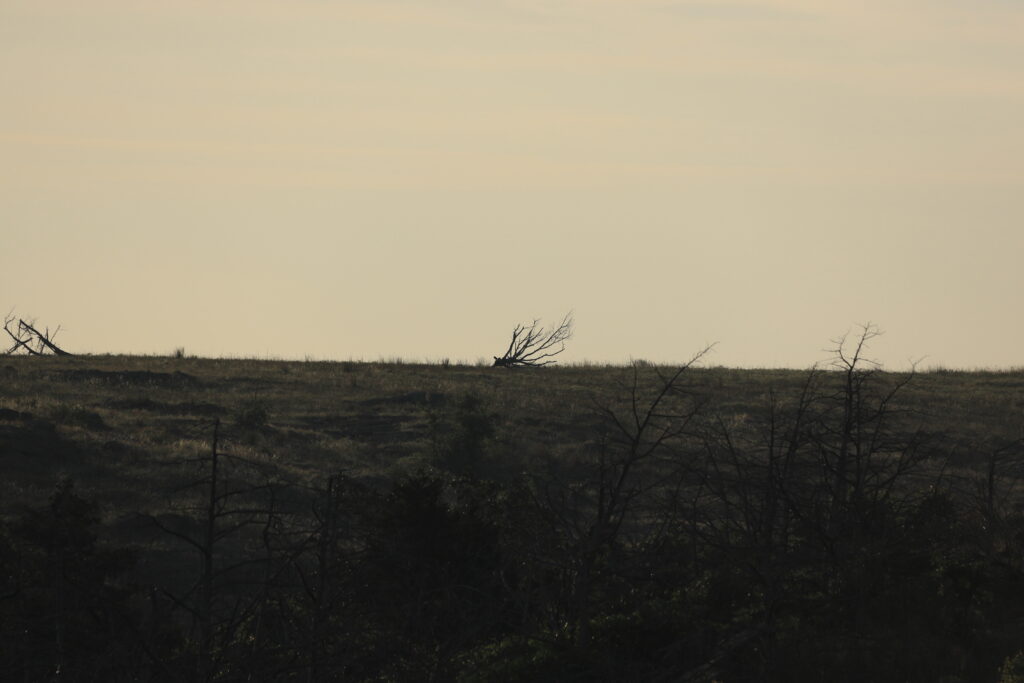
Though no longer living, the tree provides a perch for American Kestrels, and perhaps shelter during a spring storm for the Northern Bobwhites and meadowlarks that frequent that location.
The Eastern collared lizard is one of my favorite things to see in the Wichitas during the warmer months. The last time I saw one here it was in the talons of a Zone-tailed Hawk. Luckily on this occasion they were enjoying themselves as they sunned on the rocks.
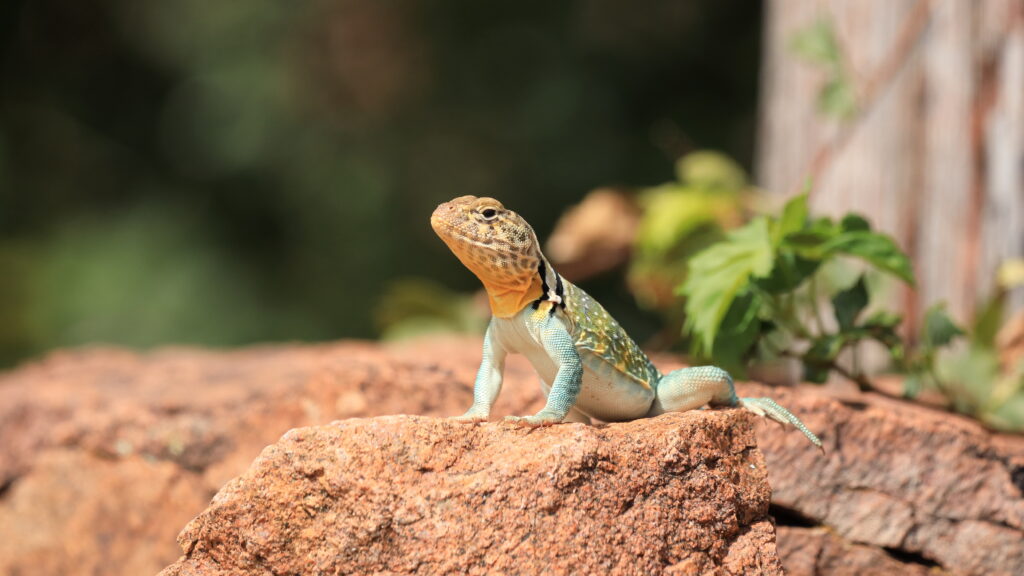
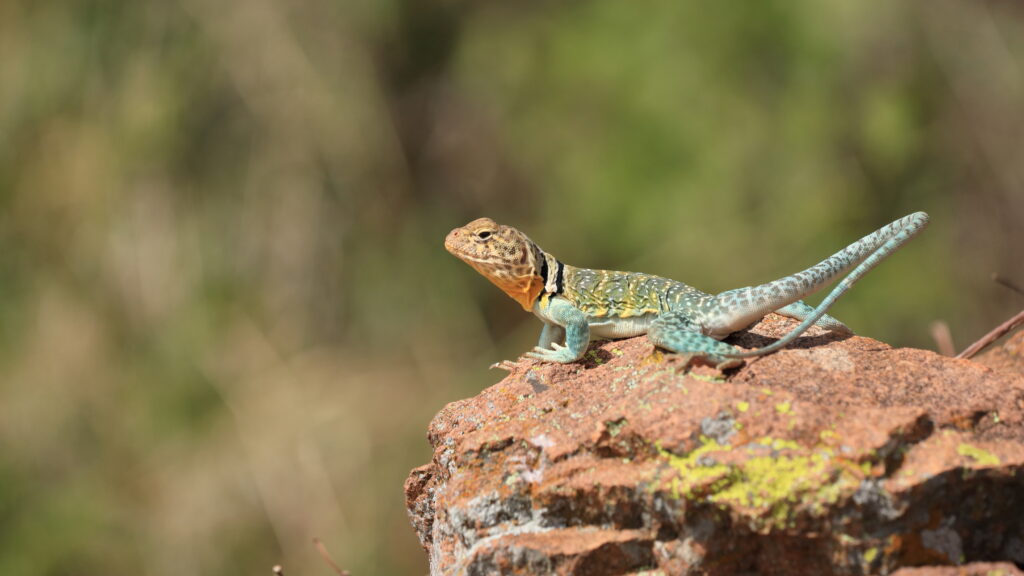
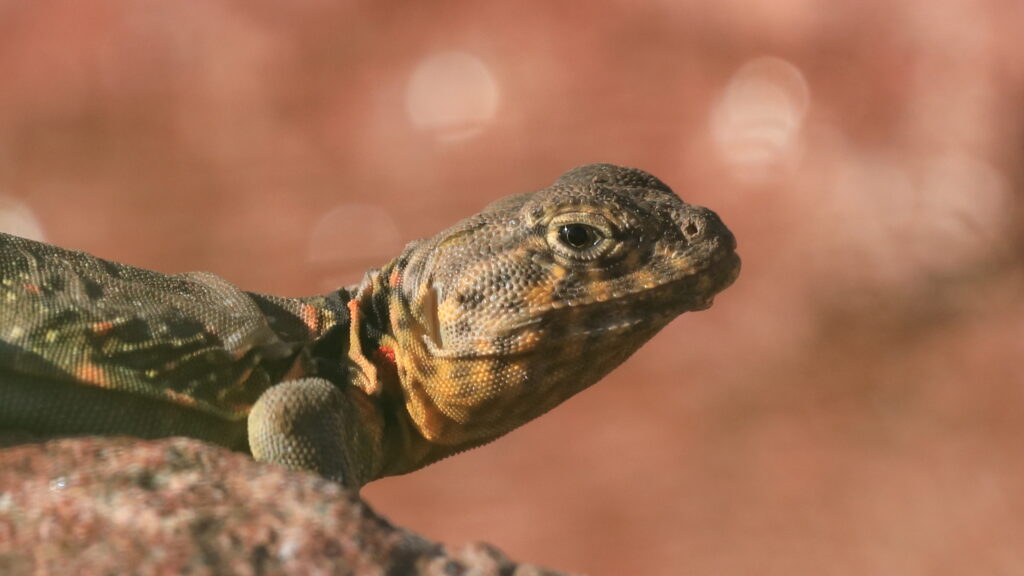
The lizards are dimorphic, with males bright green and yellow, and the females in brown.
On every visit to the refuge I stop at the prairie dog village. Sadly, the prairie dog village remained empty since my previous trip. From what I learned later, an epidemic hit the population and there was talk of relocating some from other parts of the refuge.
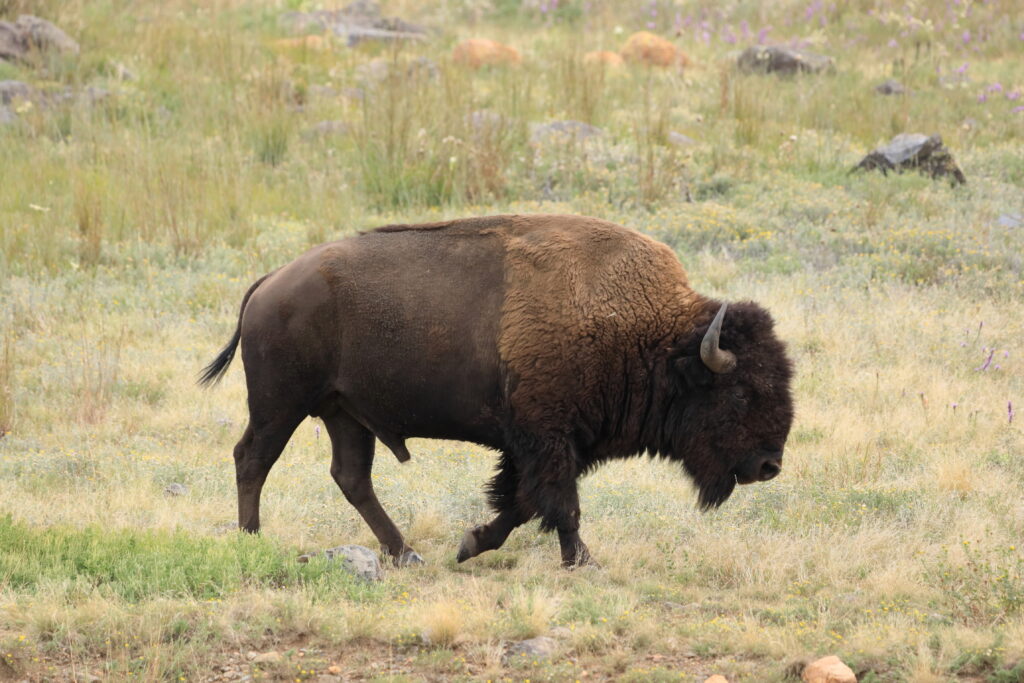
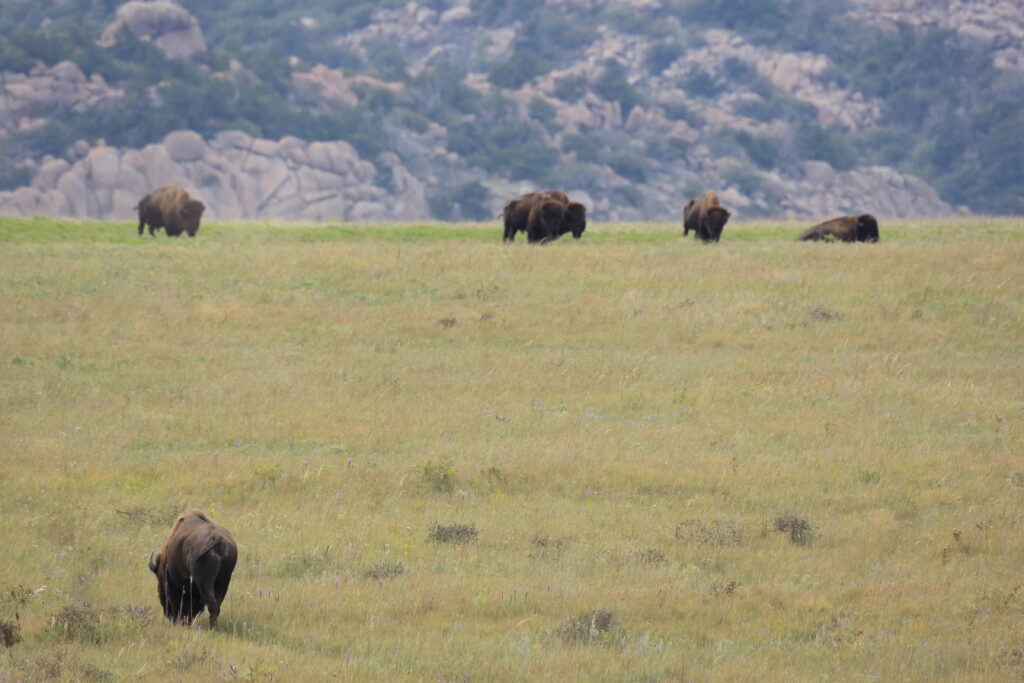
While scanning in vain for prairie dogs, I noticed some distant bison. I turned around to notice a couple bison approaching the road. I watched as they proceeded to cross and make their way to join the small group above.
Sadly, since this visit, I have yet to return to this place that brings me peace. We all probably have that place. Let’s visit and enjoy them more frequently.




[…] John W Garbutt – Thoughts from Behind the Viewfinder Vol. 1 […]